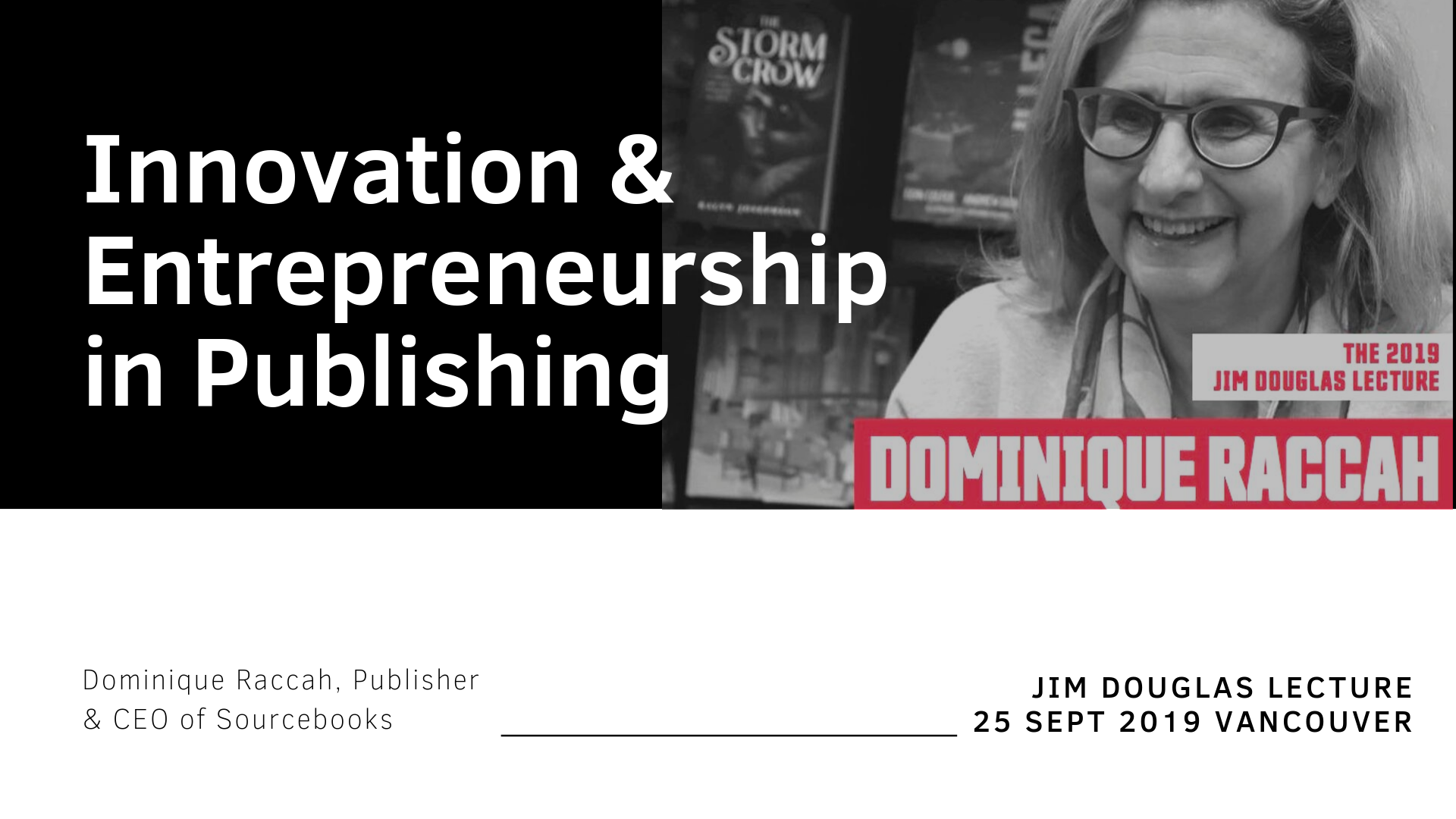Saturday, March 14th at 01:00 PM
PRESENTERS
* Christina Wodtke – Boxes and Arrows
DESCRIPTION
Information Architecture: Blueprints for the Web, Second Edition introduces the core concepts of information architecture: organizing web site content so that it can be found, designing website interaction so that it’s pleasant to use, and creating an interface that is easy to understand. This book helps designers, project managers, programmers, and other information architecture practitioners avoid costly mistakes by teaching the skills of information architecture swiftly and clearly.
Behavior is a function of the person and his or her environment
b=f(P,E)
The social web is all about attention. Is anyone loving me up?
Gene Smith
http://shirky.com/writings/group_enemy.html
Use usernames. Taking a username means that you invest in it.
Own your words. You are responsible.
Social systems work on building reputation, esteem … You need the username to have an identity.
Think about the default avatar and how you can coax stuff out of people. George W Bush avatar is a good thing to change.
If my website was a room, what kind of room is it. Let context drive the questions.
Presence
We don’t want to feel alone. Signs of life on a site are important: last uploaded, basecamp uses collective guilt by showing the last time logged in.
Reputation
Reputation systems can be offensive to a small group. BoxesandArrows.com initially tried this and in a small system where people are recognizable, then you don’t need this. In a sample like eBay, this can make more sense. Digg had a leaderboard of top diggers: anytime you have this type of “competition” then people will start to abuse the system.
Cost to Join
That “cost” can be simply filling out the registration form. Yes, I want to join the group = yes, I’m likely to do the next thing too.
Norms & Caretakers
If you think about your IA don’t forget the human beings who are going to be in this space. The group decides on the norms. Every group creates their own cultural rules and you need humans to help support or discourage positive/negative norms. You have to get humans participating. For example, if you go through “food” on Flickr, you can see the veneration and vilification that occurs in social networks.
Relationships
In small groups, it’s easy to interact. Think about going for lunch with a couple of friends vs. going to lunch with everyone in the room. How do you dial down/up the noise, how do you decide who you want to pay attention to. On the web you need to find ways to do this too. Flickr users have flipped Family for Friends. Friends are the family who you restrict viewing to but Family is the friend who have full access and can see exactly what you’re doing. Admins give labels.
People needs stuff to do, but sharing (gifting) is different. Non-profits send mailing lables because of the obligation of a return gift. This occurs in social sites. If I share a story, you feel obligated to return it. (MT: I think this is why the 25 Things Meme worked.)
Question: When you’re designing a social space, how can you integrate all the various groups, i.e., tween site and you hope the moms will join.
Answer: If you’re designing a social space for a variety of people, imagine it as a party. If the tweens are at a party, are they hanging out in the same room as the moms? Unlikely. Go into the psychology of these groups. Look for the real-world equivalent and see if you can create a site that mimics that behaviour.
Dana Boyd


